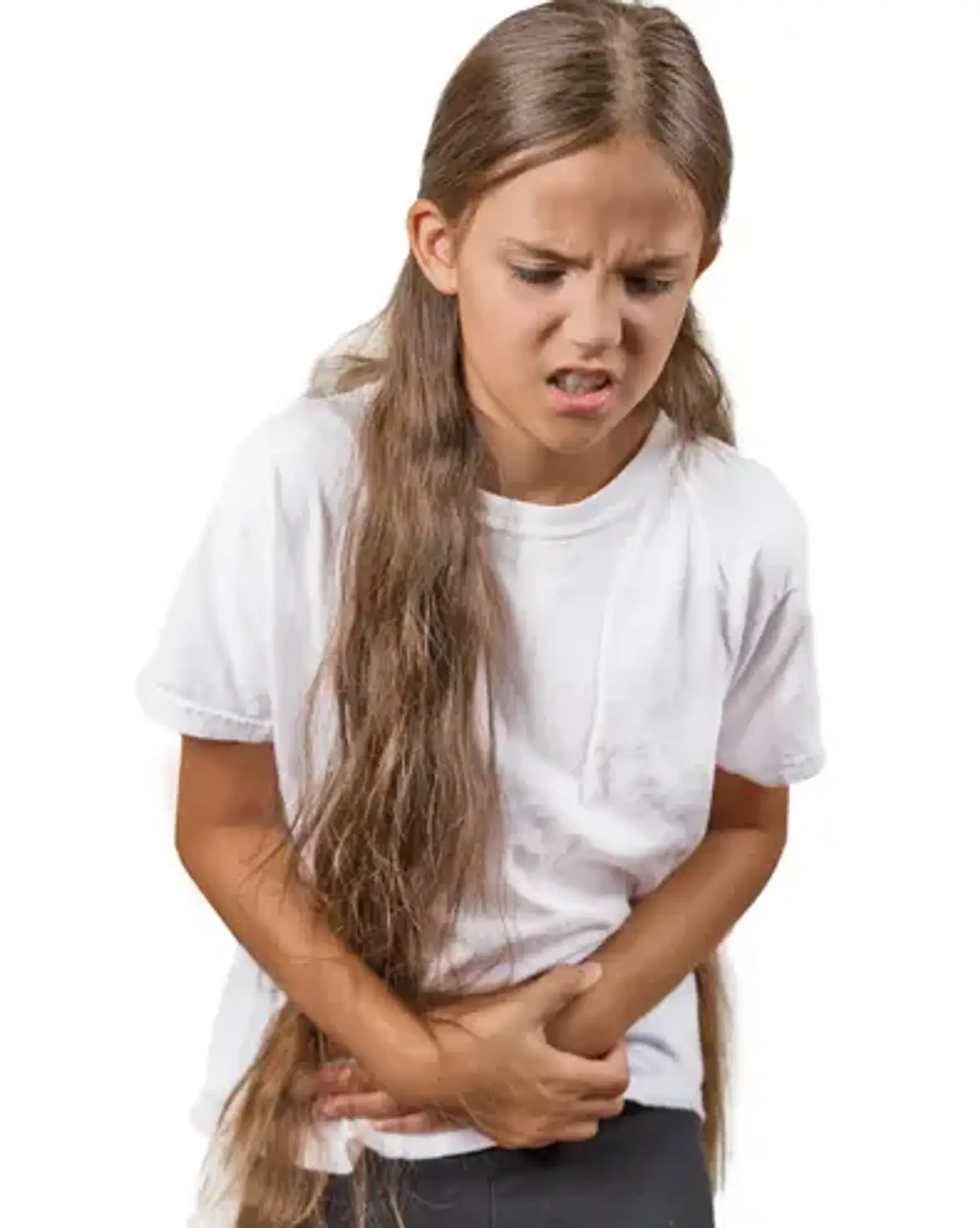Pediatric gastrointestinal disease
Overview
Functional difficulties such as frequent or persistent stomach discomfort, reflux symptoms, irritable bowel syndrome (IBS), and constipation are common gastrointestinal complaints in children. There are several ways to assist the kid feel better, and the process begins with the child and parents recognizing the diagnosis and realizing that, while the pain is genuine and frequently great, it is a "safe" condition to have.
